Excerpt from ‘The history of Thanalan, from Belah’dia to Ul’dah by Archon Niniri Niri.
After intervention by adventurers in the employ of Amajina & Sons Mineral Concern and the destruction of the Hecatoncheires, the Concern sent miners back into the tunnels in hopes of exploiting the mineral wealth of the region once again. A crew of surveyors leading the party discovered the incompletion of the Mines’ cleansing however when they were confronted by a tide of the gigants, as vengeful and deadly as ever. The Concern did later sue for damages with the Adventurer’s Guild for the incomplete nature of the first purge, although the Order of Nald’thal decided to apportion the burden of the crisis across both parties equally.
Shaft A1
The first shaft of the Mines was a small, simple place with little of significance. There are a number of inaccessible side-shafts and doorways in this area, some of which are filled with earth and others blocked off with simple barricades. These were almost certainly the housing quarters of Copperbell’s contingent of non-gigant staff as well as a few of the very earliest mine shafts, closest to the surface. After passing through a sealed metal blasting door the team accessed an elevator leading further down into the mine.

Shaft B1
The elevator led a more typical mineshaft, constituting a number of tunnels and walkways built around a large natural cavern. Various equipment such as lifts for transporting ore can be observed within the shaft, and a number of walkways have collapsed into the abyss of the cavern, likely worn away by centuries of age. Some of the side-shafts in this area reveal an array of blue crystals, likely rock charged with lighting aether or copper sulfate.
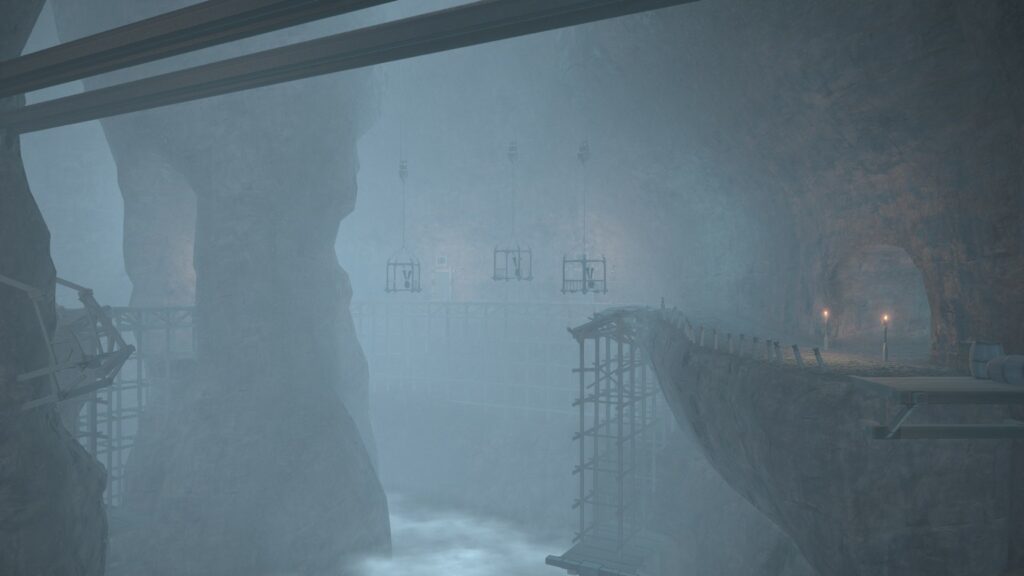
Shaft B4
Proceeding further into the mine, the team arrived at another small shaft. The initial chamber seemed to act as a store-room of some kind, and a number of minecarts holding rocky matter were observed. Firsthand accounts from those rescued from the mine imply that this was one of the shafts that required adventurers to blast open cave-ins to proceed, and indeed blasting equipment was observed by researchers. Further within the shaft another elevator was found, granting access to yet deeper shafts.
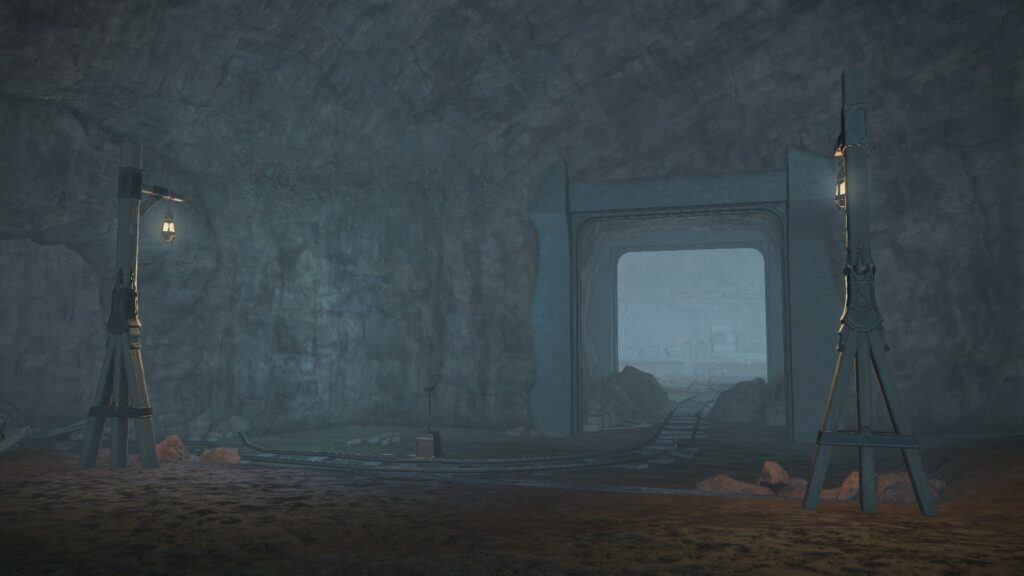
The Screaming Dark
Originally a junction of shafts and passages, this chamber still displays the sophisticated walkways and minecart tracks that enabled the mine to run three centuries prior. The chamber had collapsed in the last few months, and a series of new walkways had been erected by the Concern over the course of their re-explorations of the Mines, which were the only path forward until the fallen rocks are cleared. Crude scrawlings by the hecatoncheires seem to denote that this chamber had earned ‘the Screaming Dark’ as its name. As ominous as this is, it almost certainly a reference to the torment experienced by those trapped inside the mine when it was sealed, including the hecatonchieres.

Shaft E1
The team had to descend the second elevator via a series of ropes and climbing appartus because the elevator had broken over time. Shaft E1 seemed to resemble a connected trio of chambers with an additional antechamber, though the side-chambers had been blocked by collapsed rocks. To the right was a pumping room, used to ensure that the mines do not flood and kill the laborers within. To the left was a pair of connected storerooms. These rooms were used as a sanctuary by the surviving engineers and miners of the Concern.
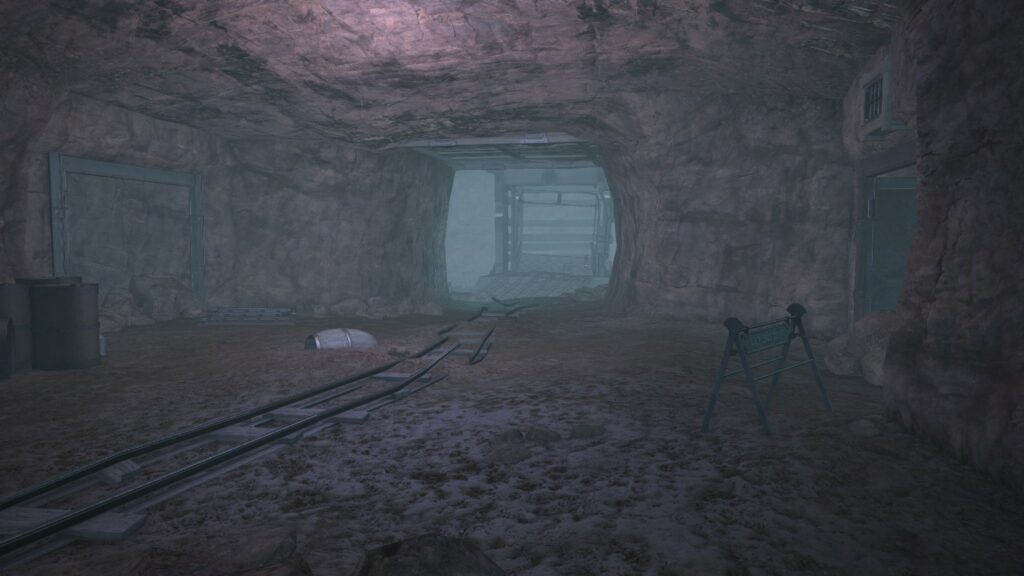
The Crying Dark
Shaft E1 terminates in a large room dominated by a system of troughs which cascade water down upon piles of ore. This may constitute a form of milling, but a specialist in mining would better know and speak to the purpose of this process. Similar evidence to that found in the Screaming Dark suggests that this chamber was named the ‘Crying Dark’. Again, similarly to the Screaming Dark, this is undoubtedly a reference to the grief of those sealed within the depths of the earth.
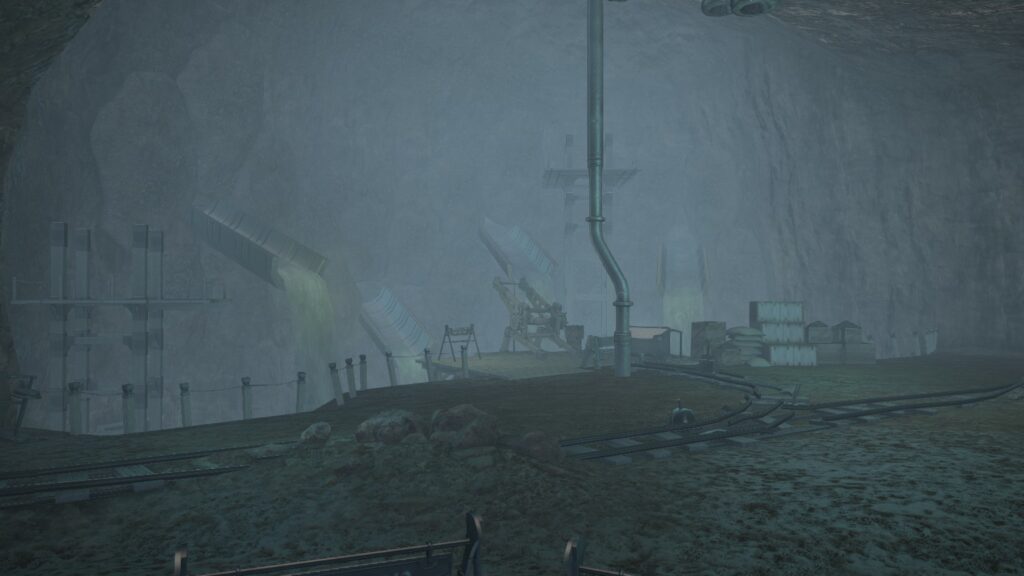
Shaft E2
The final shaft of Copperbell Mines that the team found was wholly different to the main body the mines. Almost entirely natural caverns, this area is home to a diverse array of fauna unlike the soulkin dominated tunnels previously encountered as well as a system of subterranean rivers and waterfalls. The area is composed largely of the same blue crystals observed in a side-passage previously in the mines. Again, this could be anything from rock charged with lighting aether to copper sulfate. The crystals of this section had grown further somewhat over the period between the two Mines incidents, blocking off a number of areas that were available to explore previously.
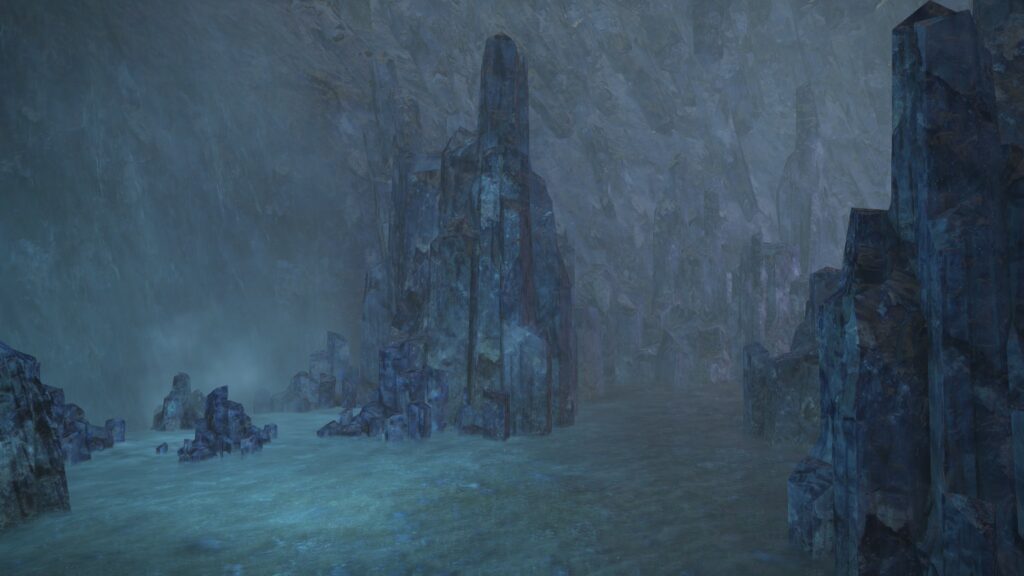
The Cold Throne
The team sent down into the mines reported, as the adventurers that purged the mine did, that the mine terminated in a large and unusual chamber. The purple crystal growths that characterized the previous shaft could be found here in turn. The defining feature of the room was a large stone doorway set with an elaborate metal door. This door had been broken open from the inside. The earth that made up the base of the room seems to have been agitated by the worm that resided here, reducing it to sand.
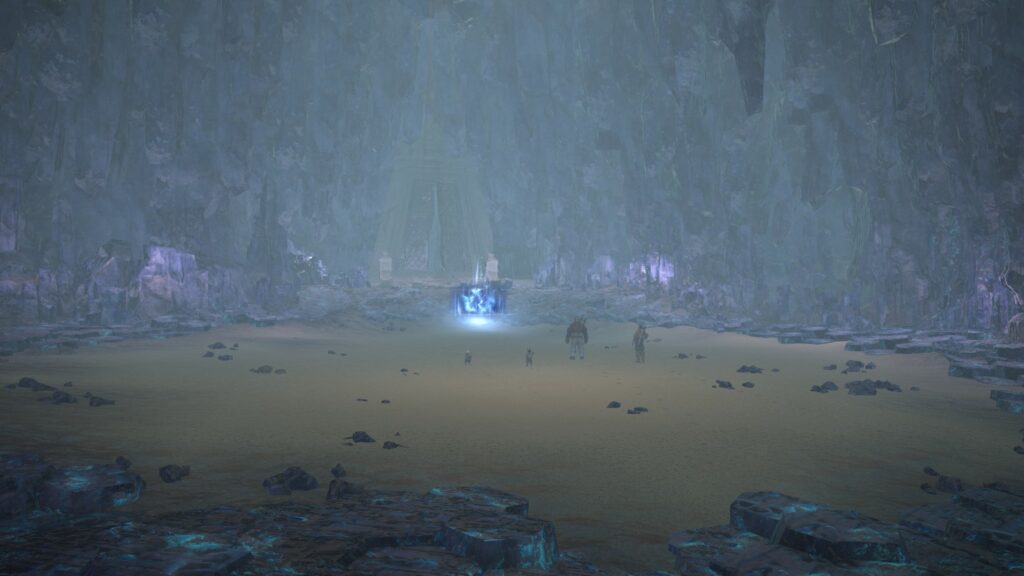
Closer inspection of the door revealed a design that appears to be an abstract depicting of the scale sigil used by Ul’dah, which can be traced back to the iconography of Belah’dia from which Ul’dah draws the scales and the flame of might, while adding the gem of prosperity on its own. This door seemed to lead, quite plainly, to an empty cubby of stone that seemed to hold little utility. This would seem, then, to hold a mostly ceremonial purpose and yet something did break out of it. It may have served as facilities for maintaining the magically-imbued helms of the gigants, which would likely require the presence of thaumaturgists, who would have been priests of Nald’thal, befitting the decorations on the door. The name of the chamber, found in gigant scrawlings, was apparently the ‘Cold Throne’. This would fit if it were a source of authority for cold, callous Ul’dahn slavedrivers.





Leave a Reply